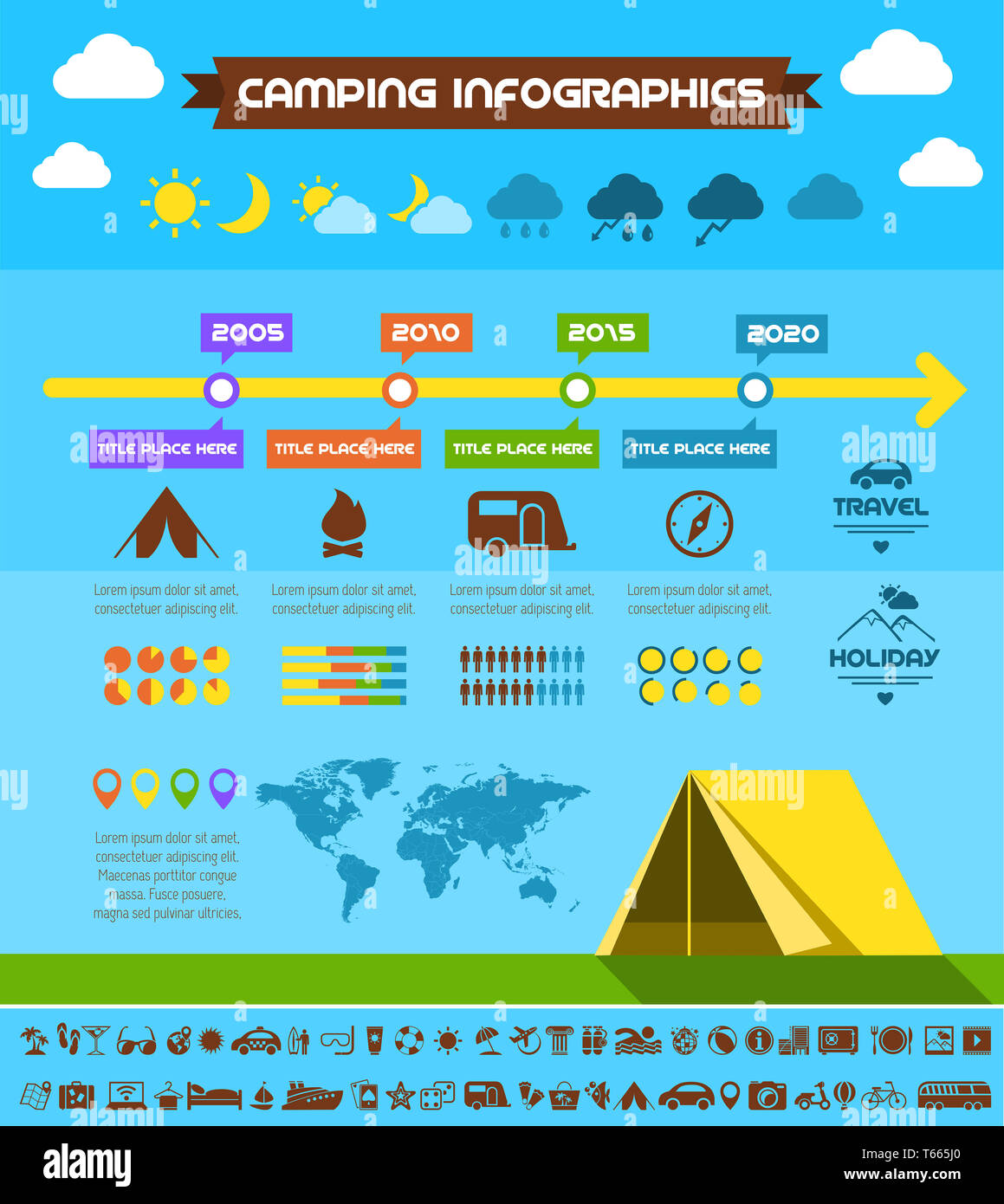While both offer strengths in various settings, it is necessary to figure out which type of insulation will ideal offer your requirements. The insulation you choose impacts heat, weight, water resistance, compressibility and cost.
Down is gathered from waterfowl, commonly ducks or geese. It is valued for its agility, simple compression and shielding homes. However, down ends up being much less efficient when damp.
Warmth-to-Weight
A high warmth-to-weight ratio is preferred in exterior clothes and equipment. The insulating buildings of down feathers make them a terrific alternative for this purpose, as they are very cozy and lightweight.
Nonetheless, down loses its shielding abilities when it gets wet, suggesting it needs to be paired with a water-proof shell. Furthermore, some individuals dislike down, making synthetic coats a far better option for them.
Artificial insulations are commonly made from recycled polyester and developed to simulate down's shielding residential or commercial properties. They are not as light-weight as down, yet they do not lose their insulating abilities when they splash and dry more quickly than down. They are likewise extra budget-friendly than down. Nevertheless, their life-span is shorter than down, leading to greater upkeep and replacement costs.
Water Resistance
The insulation you select for your job coat will certainly make a big difference in exactly how comfy you really feel outdoors. Nonetheless, the sort of insulation you select also has considerable ramifications for your sustainability objectives.
Down is a superb insulator for a number of reasons. It's lightweight, compressible, and provides a great warmth-to-weight proportion. However, it doesn't fare well when it gets wet. Down clumps up and sheds its loft when damp, which can significantly decrease its capability to trap warmth.
Synthetic insulation products, such as Thinsulate and Primaloft, stand up better versus damp problems. They typically have a tight weave or chemical coating that keeps water from permeating the fabric. This allows the insulation to stay breathable, even if wet. It's worth noting that synthetics can likewise be unpleasant when wet, however they keep their protecting homes.
Compressibility
While goose down does have a remarkable warmth-to-weight proportion, artificial insulation does in a similar way. Nonetheless, unlike down which absorbs and loses its protecting capabilities when wet, synthetic insulation does not. As a result, it can keep its loft and catch cozy air in damp problems.
Normally produced from polyester sheets or clusters that mimic down, the most usual artificial insulation brand names consist of PrimaLoft, FullRange, Thermoball and Patagonia's PlumaFill. While it still can't match down's loftiness and warmth-to-weight, synthetic jackets are light-weight, fast to completely dry and more economical than down. This makes synthetic jackets perfect for damp settings, or if you're prone to sweating greatly. Synthetic coats are likewise much less fragile than down and can lose. This longevity encompasses their face materials which are usually thicker and more durable than down.
Toughness
A major factor to consider in sustainability is a product's durability and sturdiness. All-natural products like cork, ThermaCork increased cork and Havelock wool last longer than synthetic options like fiberglass and vinyl. They also call for much less upkeep and can stand up to rough ecological conditions.
However, natural insulation does not perform also when damp as synthetic options. Wool and fleece glob together when damp, endangering their ability to trap heat. Synthetic insulation, on the other fashion accessory hand, does not absorb wetness and remains to shield also when saturated.
This makes artificial insulation ideal for damp environments and exhausting activities where you may sweat heavily. It's likewise much easier to clean and dries out faster than down. This included durability and reliability make synthetic insulation a general champion in this group. This converts to long lasting shielded job boots that last lengthy and maintain you heat with requiring settings.
Sustainability
All-natural products use biodegradability and a smaller ecological footprint, while synthetic options boast sturdiness and ingenious applications that support power effectiveness. Nevertheless, it is very important to comprehend real environmental impact of these insulation products from cradle-to-grave.
As an example, if an all-natural insulation product has to travel a long distance from its source to the structure website, transportation-related emissions enhance its overall carbon impact. Selecting locally sourced and recycled products lowers that effect. And, choosing GREENGUARD and Cradle to Cradle certifications ensures that insulation is devoid of unstable natural compounds (VOCs) and supports liable sourcing and labor problems.
Sheep's wool and cork are eco-friendly insulation resources that are harvested without damaging the tree or plant. Both have the added benefit of being normally immune to mold, bugs and moisture.
